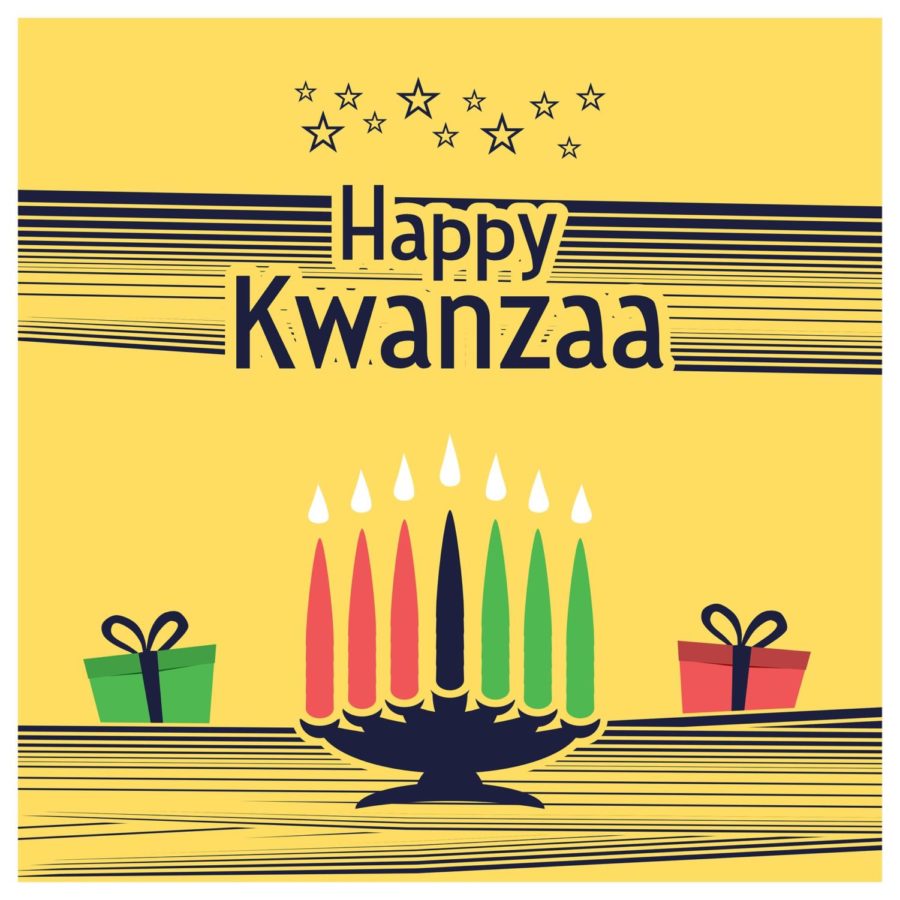It’s Kwanzaa Time!!
Kwanzaa is a holiday that is celebrated from December 26 to January 1st. Kwanzaa was first celebrated in 1966 and honors the seven principals of African heritage. During Kwanzaa, families come together to honor their ancestors and celebrate African American culture. Many also wear traditional African clothing throughout the whole week, or during the feast.
- Kwanzaa is derived from “matunda ya kwanza” which means “first fruits” in Swahili.
- Mazao (which means crops such as fruits, vegetables, and nuts) signifies work and is the basis of Kwanza.
- Kwanzaa has customs that are determined by a value system, customs, laws, marriage, maturity, death and parenthood.
- The Mkeka is a place mat made out of straw or cloth, and it symbolizes the foundation for us to stand on and build our lives.
- The Kinara is a candleholder and signifies and represents ancestry.
- Zawadi represents gifts, and during Kwanzaa, gifts are exchanged to their immediate family and children to reward their accomplishments.
- The different colors of the candles used during Kwanzaa, all represent something different. The black candle represents unity and is lit on December 26. The three green candles represent Nia (purpose), Ujima (working together and responsibility), and Imani (faith). The red candles represent Kujichagulia (self-determination), Ujamaa (cooperative economics), and Kuumba (creativity).
- The Kikombe Cha Umoja is a cup that is used to perform the libation (tambiko) on the Karamu feast on the 6th day of Kwanzaa.
- Accepting a gift during Kwanzaa implies that one will fulfill the promise of the gift.
- Many people celebrate both Christmas and Kwanzaa, as Kwanzaa is not a religious holiday.

